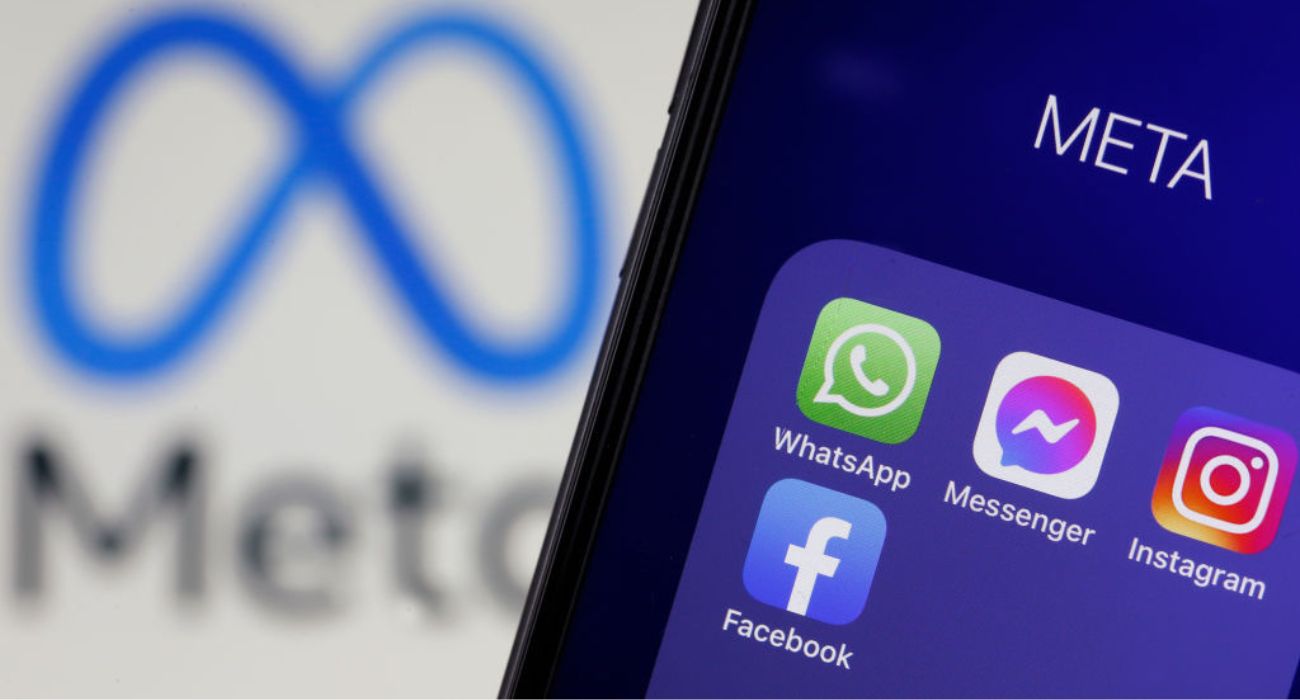TikTok has announced that users under 18 will be limited to 60 minutes of daily screen time.
The new rule is similar to one for teens in China, where TikTok’s parent company, ByteDance, was previously based. ByteDance is now headquartered in Singapore.
In 2021, China issued a rule that allowed minors to play games for an hour a day and only on Fridays, weekends, and public holidays, to limit internet addiction, according to WFAA.
U.S. kids are also struggling with internet addiction.
A report from Common Sense Media said that one in two teens “feel addicted” to their phones. According to the Pew Research Center, around two-thirds of American teenagers are on TikTok, per WFAA.
Under TikTok’s new limit, after 60 minutes of use has been reached, users under 18 will have to enter a passcode to make an “active decision” to continue using the app, according to a blog post from Cormac Keenan, TikTok’s head of trust in safety.
For users under 13, a parent or guardian must enter a passcode to allow for 30 more minutes of viewing after 60 minutes of screen time has been reached, the blog post said. The social media platform will also send weekly notifications regarding screen time usage.
The new rule comes after the company consulted experts at the Digital Wellness Lab at Boston Children’s Hospital, according to WFAA.
Concerns about the content minors are exposed to on social media platforms continue to raise issues.
TikTok’s algorithm came under fire recently after a report by the Center for Countering Digital Hate released in December suggested the platform was boosting videos of self-harm and eating disorders, as reported by AP News.
Social media algorithms identify topics and content of interest to users, who are then sent more of the same to maximize their time on the site. Some critics contend that the algorithms used to promote content about sports teams, hobbies, or dance trends can lead users to harmful content.
TikTok rejected the findings, explaining that the researchers’ results were distorted because they did not use the platform as normal users would.
Similar accusations about promoting harmful content have been leveled against Instagram.
Teen accounts on TikTok now have new features, such as having accounts set to private by default for users aged 13 to 15 and allowing direct messaging only for users aged 16 and above.
TikTok’s latest updates to the app, which apply to all users, include the ability to customize screen time limits for each day of the week and set a notification schedule to mute notifications. The update also includes a new “sleep reminder” feature to assist users in planning their offline time. Users can select a time for the sleep feature, and when the time arrives, a pop-up will remind them to log off.
Concerns about the app have increased globally, with the European Parliament and the EU Council prohibiting the installation of TikTok on official devices and Canada banning its use on government devices.
Despite the new rule and feature updates, TikTok is still facing an outright ban in the U.S., with House Republicans pushing a bill that would give President Biden the power to ban the app nationally, according to WFAA.
The legislation passed the Republican-controlled House Foreign Affairs Committee on Wednesday but still requires a vote in the House and Senate, reported WFAA.







Last ditch effort that will probably save their being removed altogether from the US. Kids will figure out a way to get around passwords. This is more about China using tik tok for spying on Americans.
Nice try, TikTok but if I had my way, your app would be banned from phones sold in the US and US ISPs would be required to block data to and from TikTok servers.